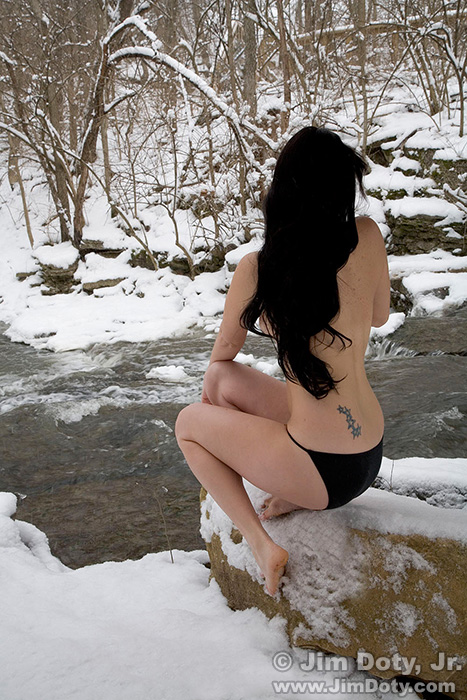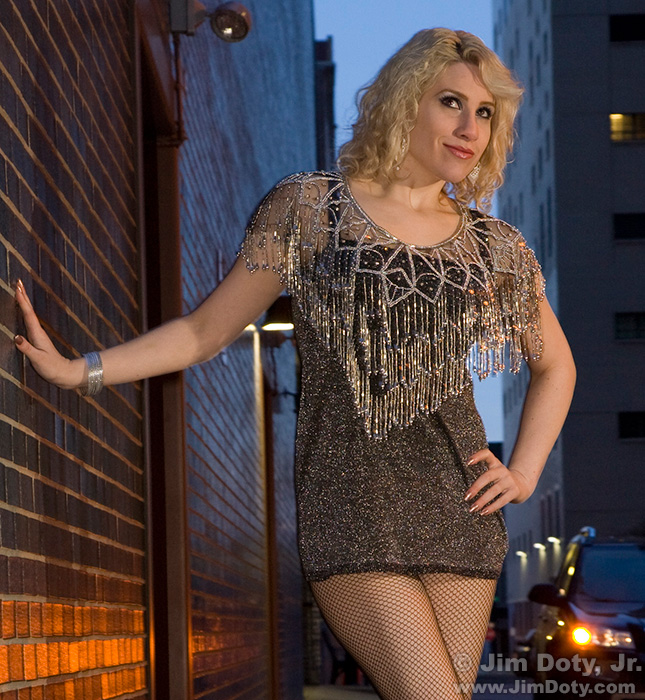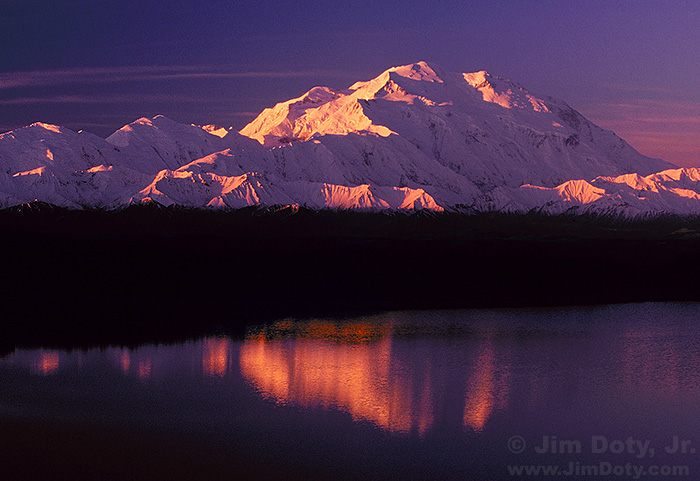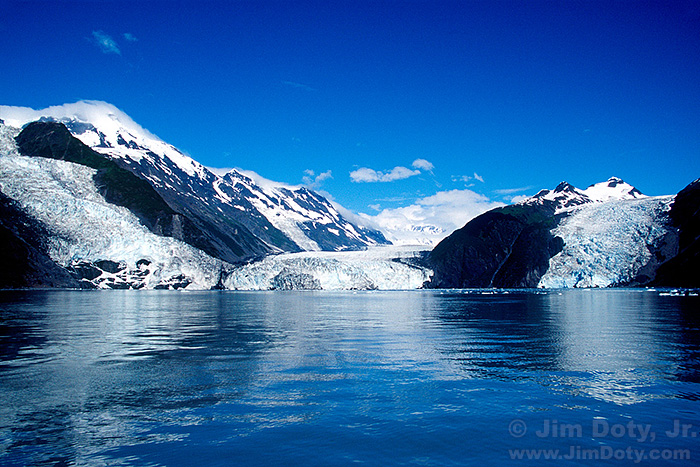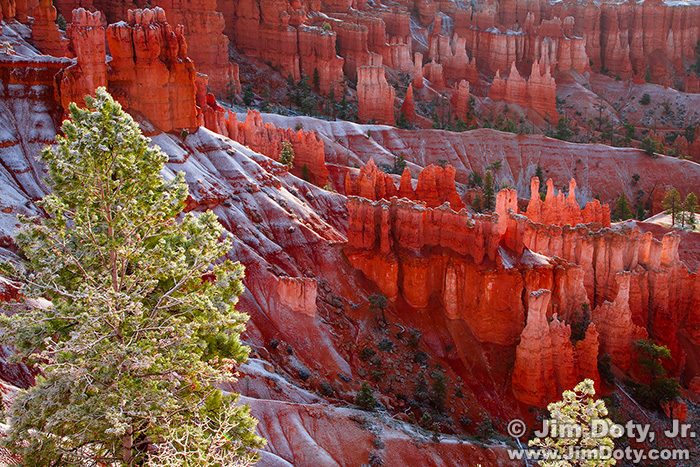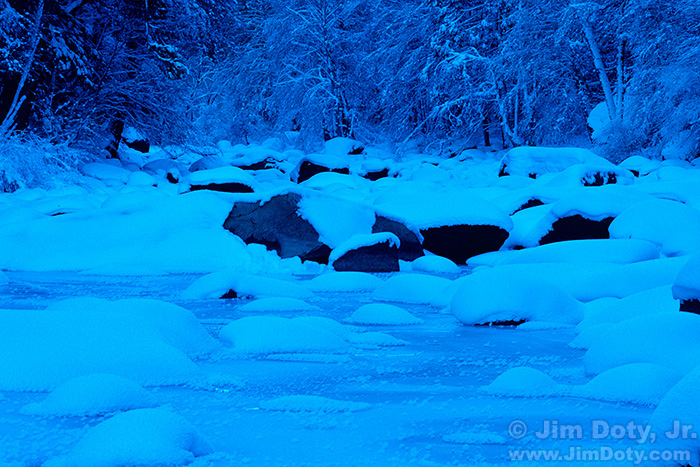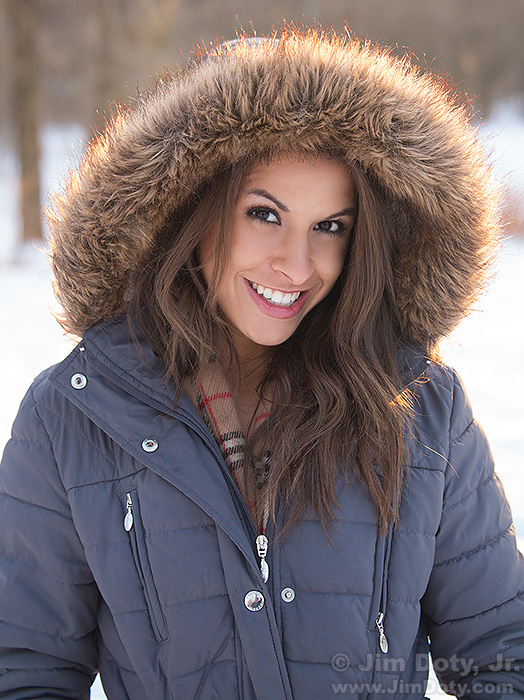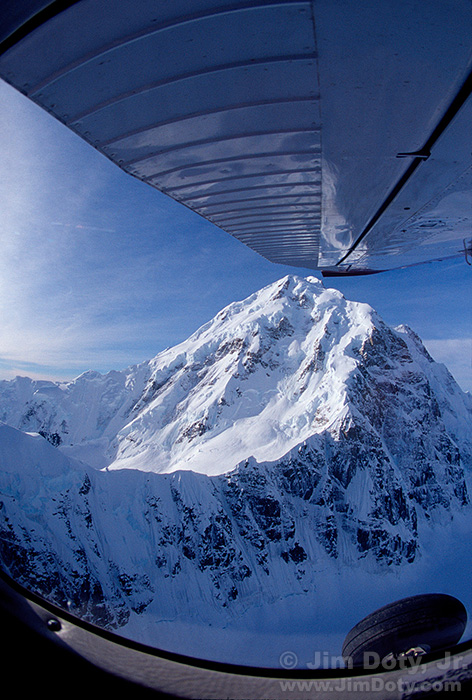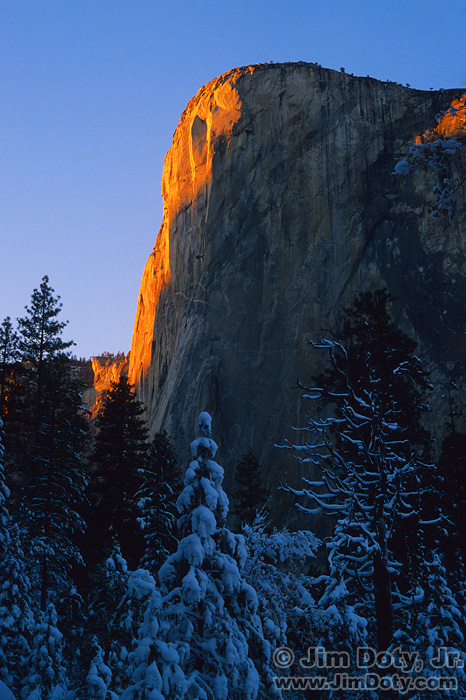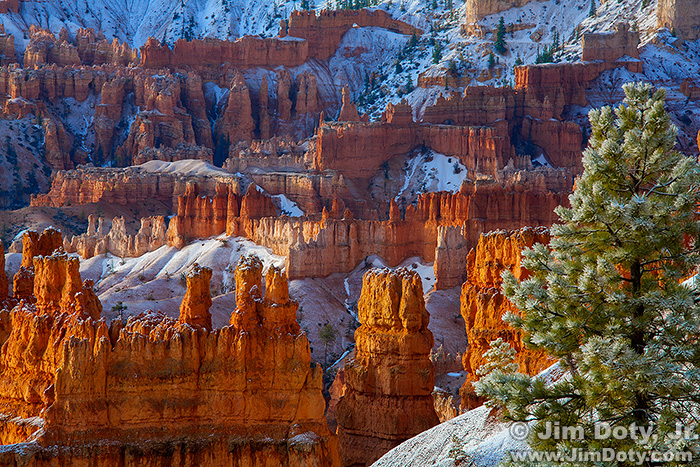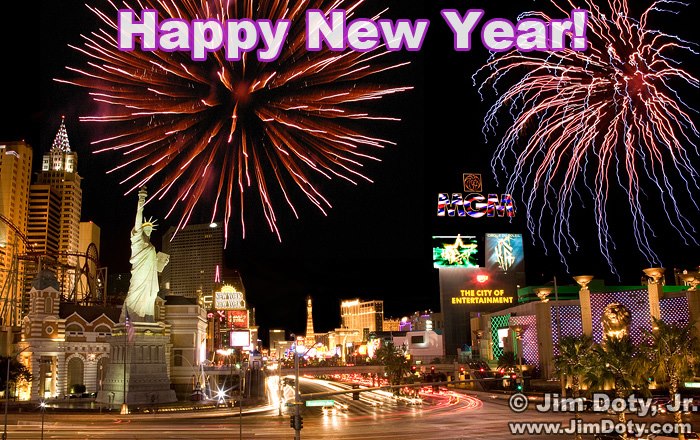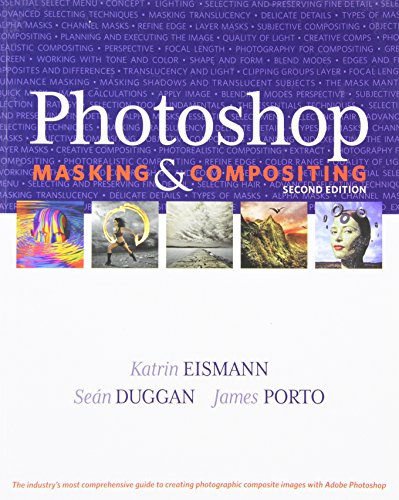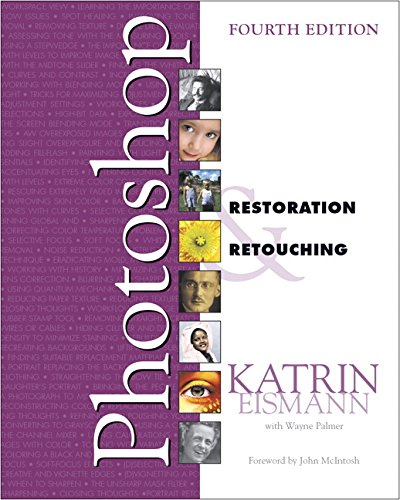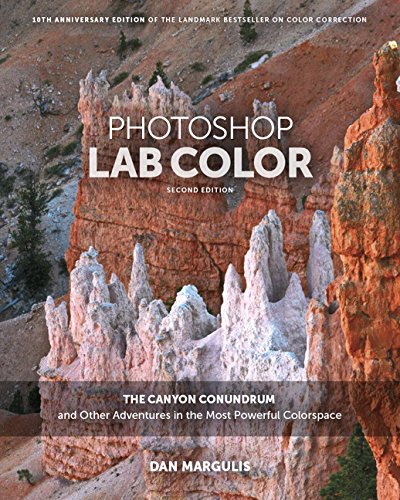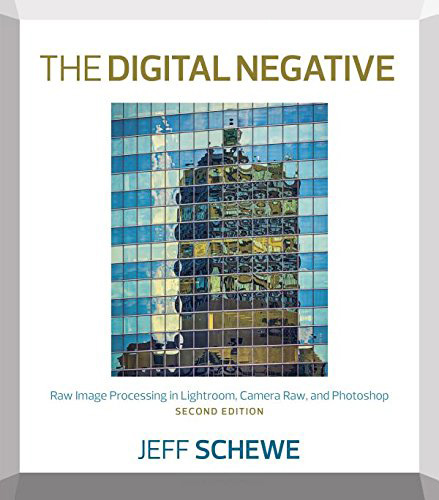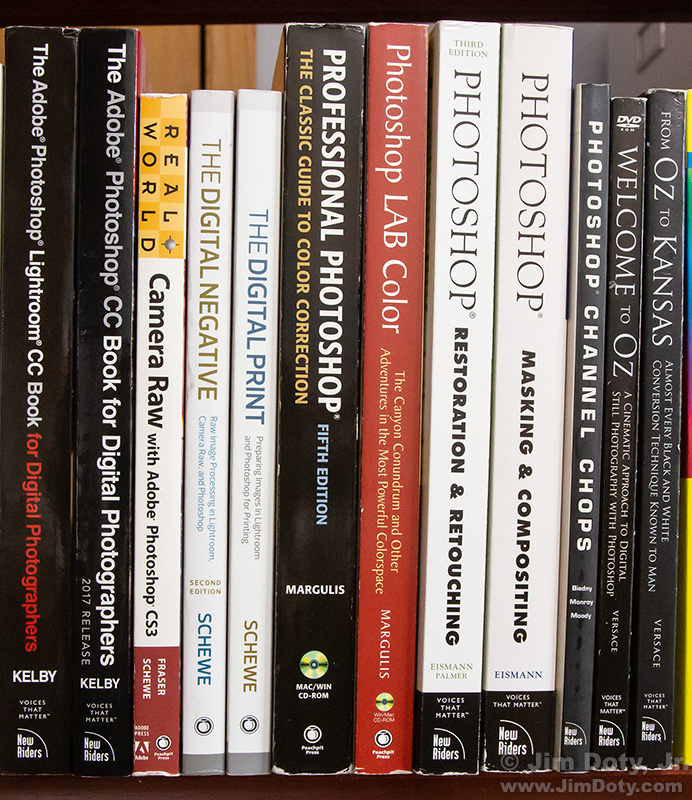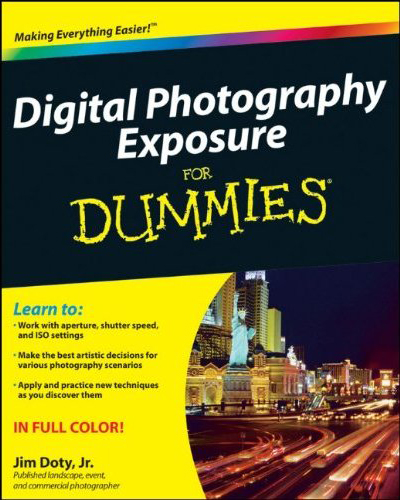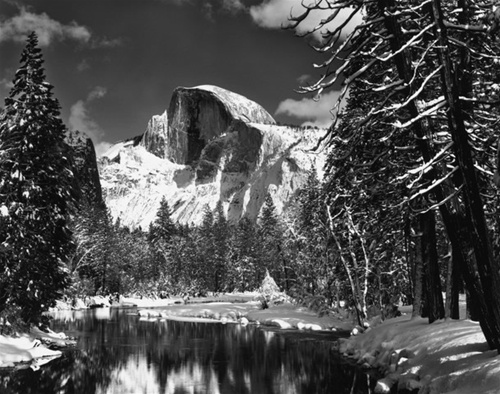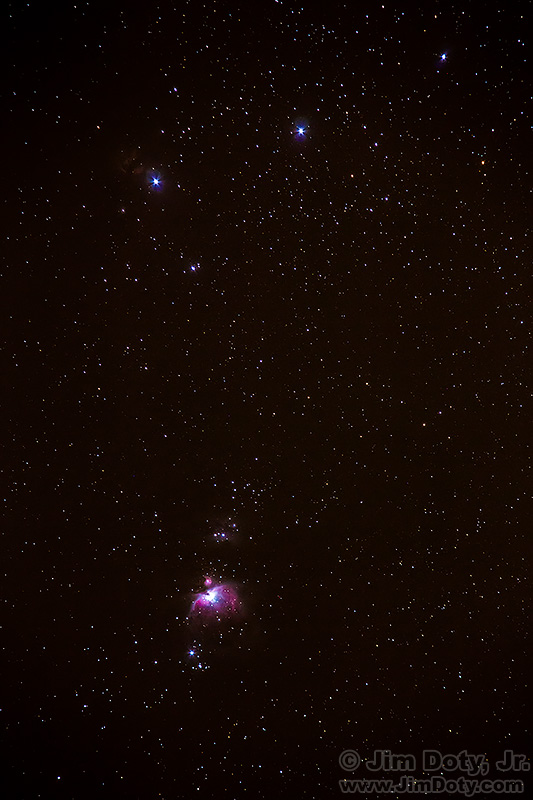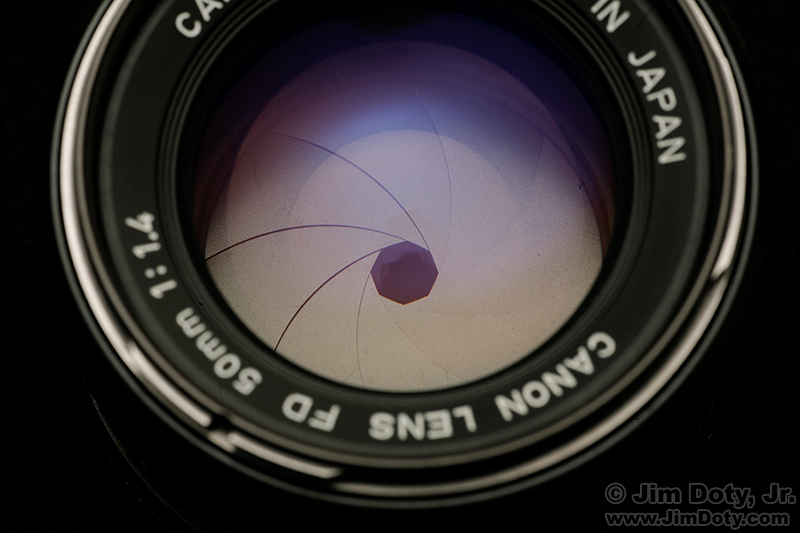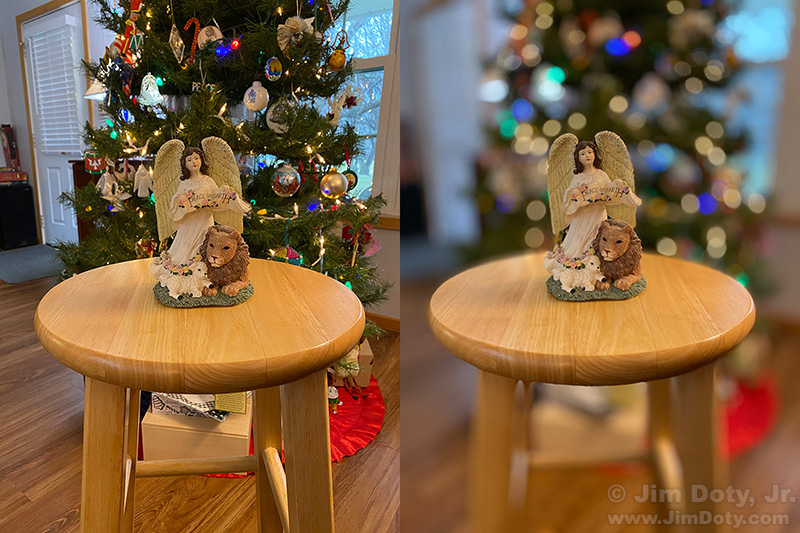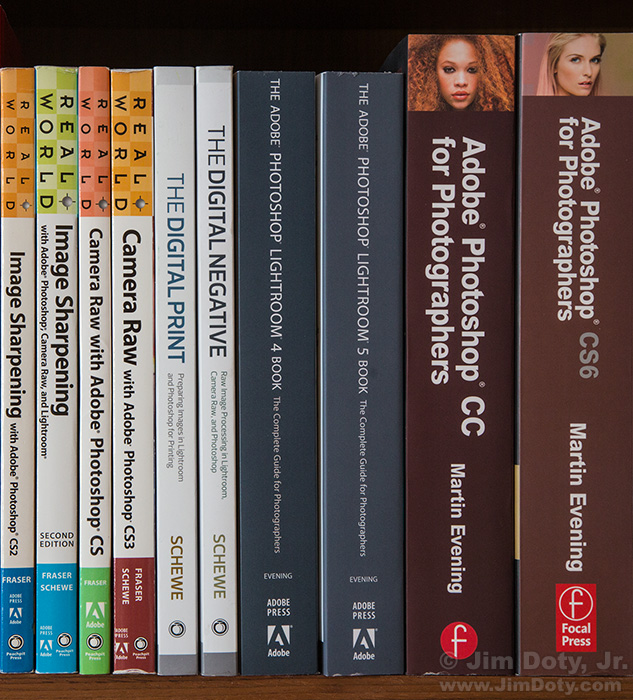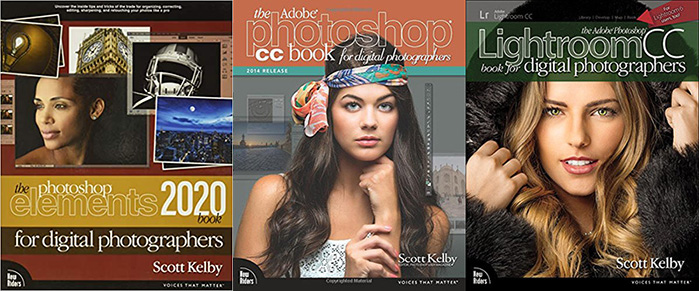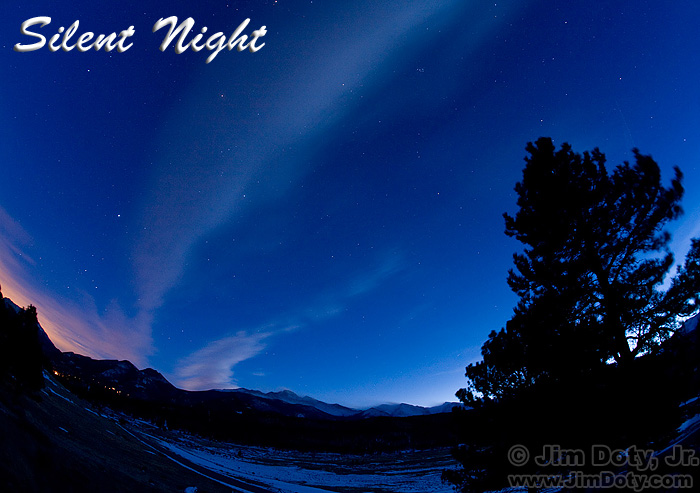It is difficult enough to create a beautiful nude image under normal circumstances, much less in the cold and snow. You need to bring some significant skills and experience to the task. So does your model.
How To Work With A Model (or Anybody Else) When The Windchill is 4°
You would think a windchill of 4° Fahrenheit (-16°C) would be too cold for a photo shoot, but not with some models. We booked this January shoot weeks in advance so we knew it would be cold, but we had no idea how cold until the day arrived. Here’s the story behind this image and how to work with a model (or anybody else) when it is so cold.
The Sunny f16 Rule Isn’t Reliable in Winter
The Sunny f16 rule is really useful on bright sunny days in the spring, summer, and fall, but you can’t rely on it for accurate exposures on bright, snowy winter days. It will often lead you astray and you will have seriously blown out highlights. There are much more accurate ways to meter in the winter.
Testing Your Camera’s Snow Exposure Latitude
The “snow exposure latitude” for every camera is different. You won’t find it in your camera’s manual but it is easy to determine with a do-it-yourself test. Why does it matter? If you don’t know the snow exposure latitude for your camera and how to apply it to your images, the color and quality of your winter photos will suffer.
How to Protect Your Camera Gear in the Cold and Snow
Cold and snow can cause a lot of damage to your camera gear. Something as simple as shooting outside and taking your camera inside your house or car can cause hidden damage that won’t show up until days or weeks later. The simple steps in this article could save you hundreds of dollars in repair bills.
Metering Nighttime Winter Scenes
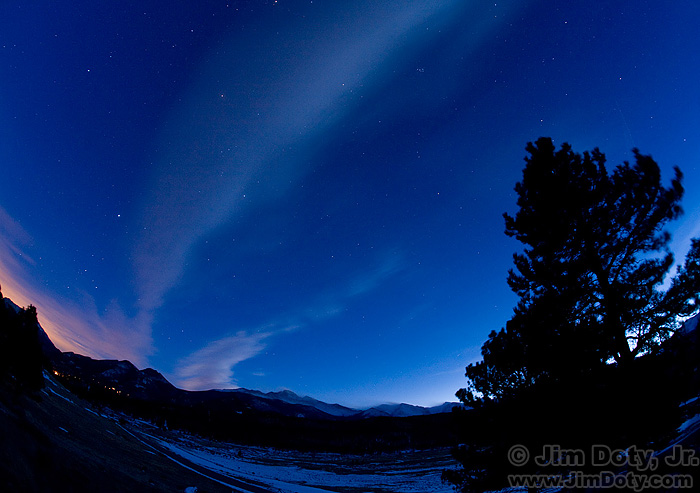
Twilight, Rocky Mountain National Park. Sirius, Canis Major, Orion, Taurus, the Hyades star cluster, and the Pleiades star cluster are all visible in the fading light. Click for a larger version.
You can photograph the night sky year around, but winter brings an added bonus: SNOW! When you don’t have the benefit of moonlight, most of the year land forms a dark to black silhouetted skyline against the night sky. In winter you have the possibility of including the highly reflective snow. You can see both in this photo. Any place not covered with snow is very dark to black. Having reflective snow is why winter is the favorite time of year for a lot of photographers to go out and photograph the night sky.
Metering Evening Winter Scenes
Just like metering daytime winter scenes, the key to metering evening winter scenes is knowing what to meter and deciding how much exposure compensation to use.
Metering Wildlife in the Snow, Part Two
Most wildlife are medium to dark in tone, making them a challenge to meter properly in the bright, white tones of winter. If you trust one of your camera’s automatic exposure modes, the odds are good you won’t get the best exposure. If you switch over to manual exposure and make the right decisions, you can get great exposures and better quality photos (more about that later).
Metering Wildlife in the Snow, Part One
Metering dark toned wildlife in the snow is a major exposure challenge. It is usually best to avoid large “burned out” areas (washed out, featureless white) in a nature or landscape photograph, but with properly exposed snow, the wildlife can be so dark as to lose all texture. On other hand, metering for the wildlife can burn out the snow. So what do you do? And what about the complications of metering white animals?
Metering People in the Snow
The white snow in a winter scene can and often does fool a camera meter into underexposing a portrait, so here are the steps to take to get the right exposure. I throw in a few portrait suggestions too.
Metering Daytime Winter Scenes
Metering for scenes with a lot of snow can be tricky since the bright snow fools the camera meter. I see a lot of winter photos with gray snow, which means the camera meter did exactly what it was designed to do. The solution is quite simple provided you know what to do.
How To Series: Winter Photography
In addition to all of the usual photographic challenges, winter provides some extra complications, especially in terms of metering. So I began this series of articles on winter photography. Check out the links below. The articles will help you meet the unique challenges of winter photography. So get out there, have fun, and create some great winter images!
One Photographer and Nine Outdoor/Travel Writers Pick the Best Winter National Parks
Thinking about a photography trip to one or more U.S. national parks this winter? You can benefit from the work I have done. Some national parks look better in the winter than others. You will want to make them a priority. After you read this article I recommend you also read the companion article: The Best National Parks to Photograph in Winter.
Originally posted January 17, 2017. Updated and re-posted January 4, 2022.
COVID-19 Travel Alert. Now is not the best time to be traveling in the United States. While photography inside a national park is relatively safe so long as you stay 10 feet away from other people, travel to a national park can involve a number of health risks. Be sure to check the CDC travel advice, and check the web site for any national park you intend to visit for any park related COVID-19 closures or restrictions.
The Best National Parks to Photograph in Winter
Winter provides some wonderful photo opportunities in our national parks. But some national parks look much better in the winter than others. So if you haven’t gone into hibernation for the winter, here are the best national parks to go photograph this winter, grouped by state from the west to the east. There are a few bonus locations thrown in too. At the end I give you my “best of the best” list.
Posted January 17, 2017. Updated and re-posted January 4, 2022.
COVID-19 Travel Alert. Now is not the best time to be traveling in the United States. While photography inside a national park is relatively safe so long as you stay 10 feet away from other people, travel to a national park can involve a number of health risks. Be sure to check the CDC travel advice, and check the web site for any national park you intend to visit for any park related COVID-19 closures or restrictions.
Happy New Year!
Mastering Photoshop: Retouching, Part Two
Two essential and challenging Photoshop skills are Masking and Compositing. Fortunately for all of us out in Photoshop land, Katrin Eismann (along with Sean Duggan and James Porto) have written a masterful book on developing these skills, Photoshop Masking & Compositing (2nd edition).
Mastering Photoshop: Retouching, Part One
Katrin Eismann is a world class expert on photo retouching. She is one of the best of the best. In 2005 she was inducted into the Photoshop Hall of Fame. Anything she writes should be high on your reading list if you are serious about making the most of your Photoshop skills.
Mastering Photoshop: Advanced Color Correction, Part Two
Everything you need to know about Dan Margulis is in Mastering Photoshop: Advanced Color Correction, Part One. After you have devoured the book I recommend in that article, you will know why you need to get Photoshop LAB Color: The Canyon Conundrum and Other Adventures in the Most Powerful Colorspace (2nd edition).
Mastering Photoshop: Advanced Color Correction, Part One
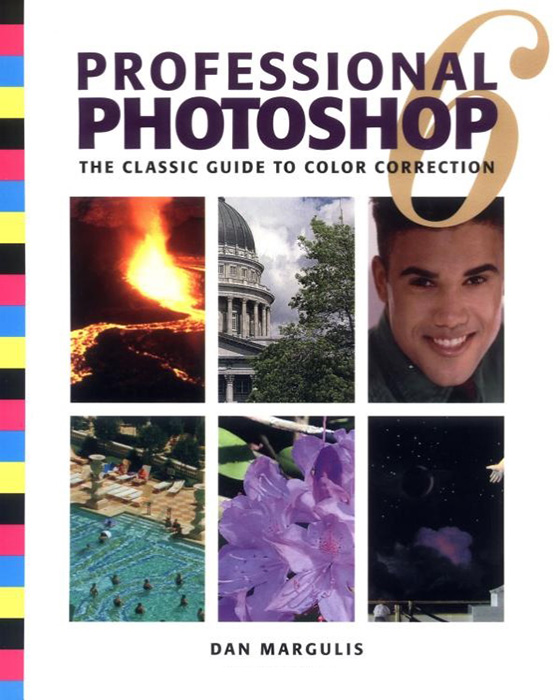 If you want to master color in Photoshop, Dan Margulis is the best of the best. He is one of the first three persons to be named as a member of the Photoshop Hall of Fame. And the book to get is Professional Photoshop 6: The Classic Guide to Color Correction. It is well worth finding on the used market (which you can do via my photography store). What Margulis teaches you to do with color is amazing. The before and after images will make your jaw drop.
If you want to master color in Photoshop, Dan Margulis is the best of the best. He is one of the first three persons to be named as a member of the Photoshop Hall of Fame. And the book to get is Professional Photoshop 6: The Classic Guide to Color Correction. It is well worth finding on the used market (which you can do via my photography store). What Margulis teaches you to do with color is amazing. The before and after images will make your jaw drop.
Mastering Photoshop & Lightroom: Adobe Camera Raw (ACR)
If you shoot RAW camera files (and you should), this essential book should be at the top of your list. It is far and away the best of the best. You will be amazed at what you can get out of your RAW files. Your images will thank you.
A lot of the quality of your final image will be determined by what you do with your RAW files when you open them in Adobe Camera RAW (ACR) which comes with Adobe Photoshop, Adobe Photoshop Elements, and Adobe Lightroom.
The “Mastering Photoshop” Series
If you want to master Photoshop, a complete course can be found in the books recommended below. Think of this as a multi-book master class.
Tim Grey Recommends Digital Photography Exposure for Dummies
With 12 books, hundreds of magazine articles, over a dozen instructional videos, and numerous workshops to his credit, digital photography expert Tim Grey really knows his stuff. In one of his eNewsletters, Tim gives this excellent recommendation for Digital Photography Exposure for Dummies:
Ansel Adams: Books by (and About) the Master
I have no idea when I was first entranced by the photos of Ansel Adams. There is a wonderful, luminous quality to his work. Small wonder he is America’s best known landscape photographer. Collections of his work would make a worthy addition to any photographer’s library. This is also the time of year that Ansel Adams calendars pop up like snowstorms.
The Best Night, Astronomy, and Astrophotography Books
There is a whole world of things to photograph after the sun goes down. Cityscapes at twilight and after dark. Landscapes in the late evening light. Thunderstorms. Fireworks. And then of course, there is astrophotography. The simple stuff is simple to do (once you have learned how to do them) and all you need are a camera, lens, and tripod. For some astrophotography you will need specialized but not very expensive equipment like the $300 sky tracker used for the photo above. The challenging stuff is hard, complicated, and expensive to do if you want the kind of eye popping photos that you see in Astronomy and Sky and Telescope magazines (you should subscribe to one or the other or both if this is your thing). No matter what you want to do, the books below will get you started. And if you just like to look at the night sky, I recommend some books for that too.
Lens Apertures, f-stops, and Depth of Field
Almost every lens has a more or less round “aperture”, the opening that lets light through to the sensor or film. Most modern lenses have aperture blades that open and close to change the size of the opening. You can see the aperture blades in this photo. Larger apertures obviously let in more light in a given period of time and smaller apertures let in less light in the same period of time. The size of the aperture opening is one factor that determines the exposure. Just as important, the size of the aperture helps determine the depth of field in each image.
Step By Step: How to Get Blurred Backgrounds with an iPhone
How do you make your subjects “pop” by blurring the background when you are using an iPhone? To get the maximum amount of blurriness there are several step involved, most of them after you click the shutter. I will take you through the process, step-by-step- complete with illustrations. I used an iPhone 11 for this step by step guide. If you have a different model the options and screen layouts might look different.
The Best Illustrated History of Photography
Lightroom and Photoshop: The Essential Books
If you are serious about digital photography and you use or want to use Lightroom and/or Photoshop, these books are “The Essentials” when you are ready to move beyond the basics. If you are a beginner or need help with the basics, you should start with The Best Basic Introductions to Elements, Photoshop, and Lightroom.
The Best Basic Introductions to Elements, Photoshop, and Lightroom
Merry Christmas!
Snow glistens in the last light of dusk.
Distant clouds glow with the fading light from the sun, long since set.

